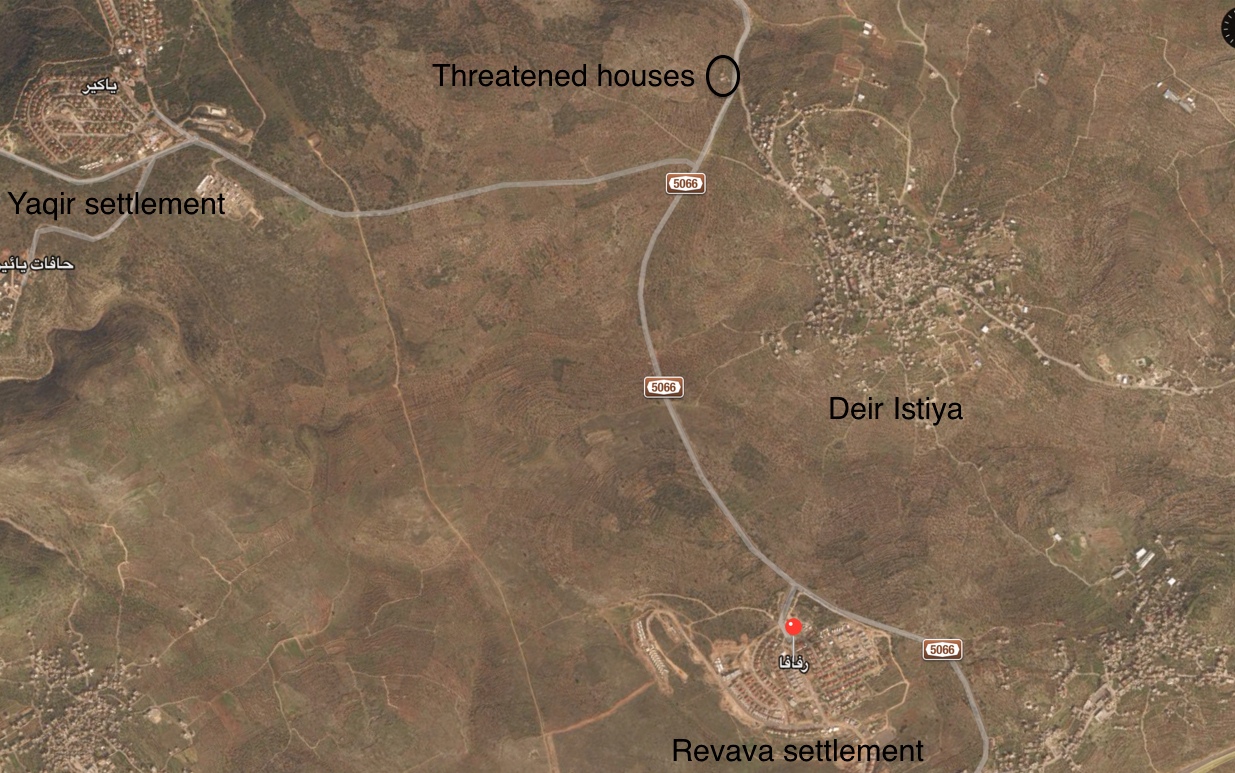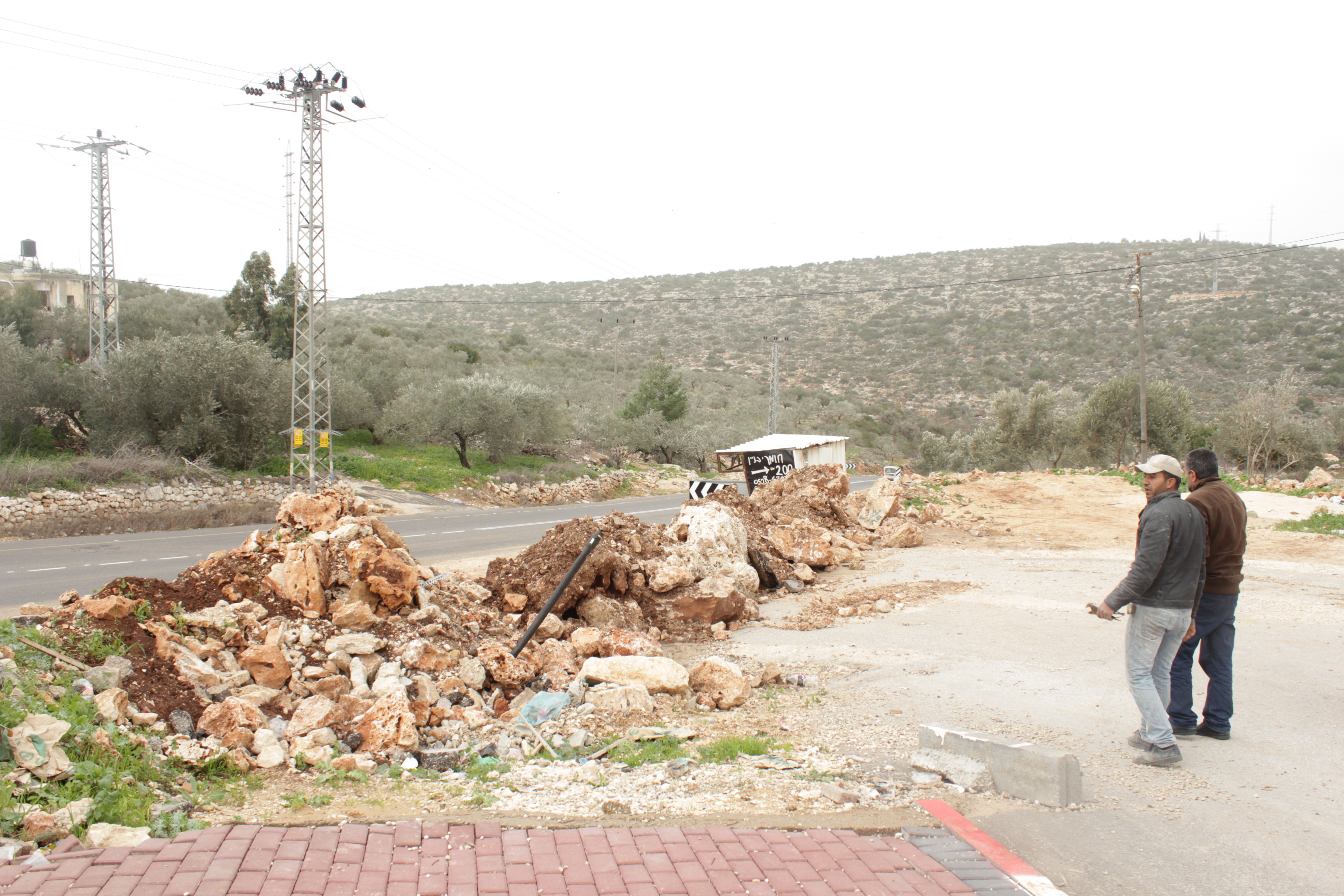Tag: Salfit
-
Israeli forces invade homes and threaten families with nine children in Deir Istyia
November 30th, 2015 | International Solidarity Movement with IWPS, Huwwara team | Deir Istyia, occupied Palestine Deir Istyia, in Salfit district, is a village of 4000 inhabitants who mostly live on agriculture. The Salfit district has 19 villages and 24 settlements. Land confiscation is ongoing in the area and many of the settlements are…
-
Olive tree planting in Kafr ad Dik
7th February 2015 | International Solidarity Movement, Nablus Team | Kafr ad Dik, Occupied Palestine On the morning of February 5, ISM volunteers travelled with around 50 Palestinian activists from the Salfit area to the village of Kafr ad Dik to take part in an olive tree planting action organised by the Joint Council of Salfit…
-
Collective Punishment for Deir Istiya village
6th January 2015 | International Solidarity Movement, Nablus team | Deir Istiya, Occupied Palestine On 29th December, Israeli military barricaded the village of Deir Istiya, Salfit with a roadblock. This type of roadblock, termed an ‘earth mound’, is a pile of rubble and earth dropped over the road to obstruct access. It prevents access from the…



